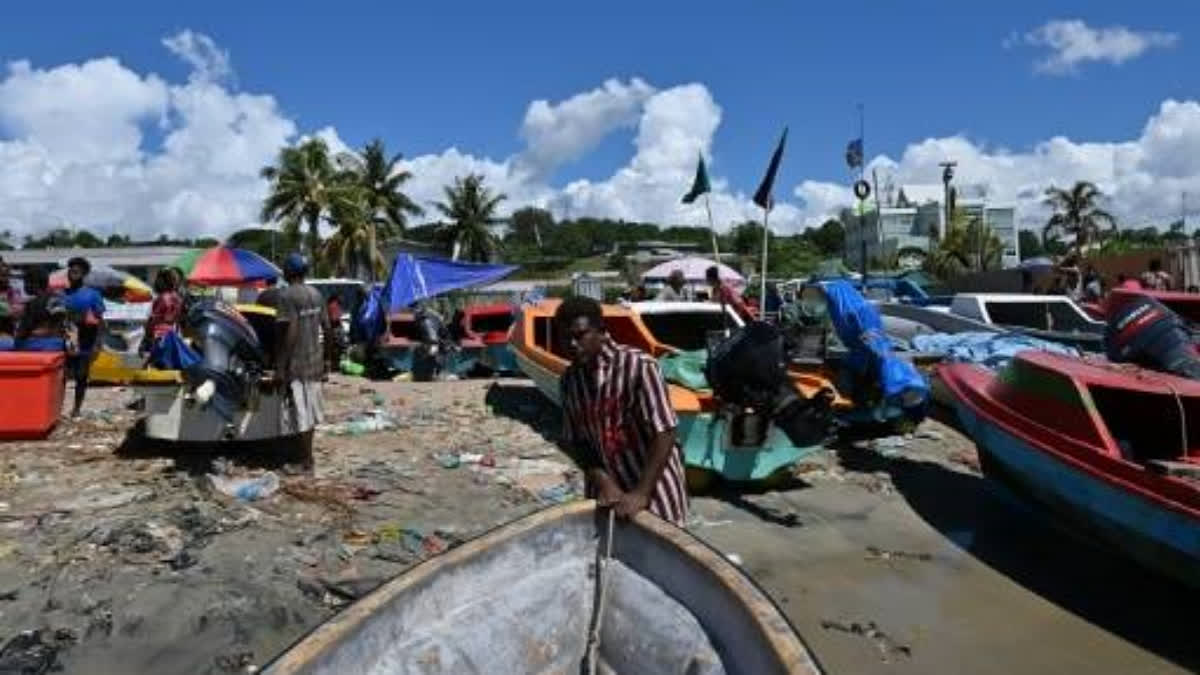Washington: Donald Trump's foreign aid freeze has halted vital projects in the South Pacific, aid workers and analysts say, risking lives and hurting US efforts to woo the region. Disaster-prone, isolated, and threatened by rising seas, tropical Pacific island states are some of the most aid-reliant nations on Earth, development agencies say.
They are also at the centre of a contest pitting China against the United States, Australia and other allies in a scramble for diplomatic, financial and military influence in the region. For years the United States has helped to buy life-saving medicine for tropical disease, combat illegal fishing, and better prepare coastal hamlets for earthquakes and typhoons.
These projects and many more are in limbo after the US president declared last month that USAID's $42 billion budget would be mostly frozen for 90 days. "We work really hard for this programme and the communities will lose trust in us," said Heyer Vavozo, who manages a marine conservation charity in Solomon Islands.
Positive Change for Marine Life has had to lay off staff as it waits to hear what will happen to its $500,000 grant. "The impact is huge for us," Vavozo said. Lucy Jepson, the programme's community coordinator, said the organisation was now scrambling for finance: "We are just chasing funds from anywhere and everywhere we can."
'People will die'
The United States poured $2.1 billion of aid into the Pacific islands between 2008 and 2022, according to Australia's Lowy Institute think-tank. "The US funds a lot of medical aid related to HIV, drug resistance, tuberculosis and malaria," said Pacific analyst Graeme Smith from the Australian National University.
"If these programmes are stopped -- and they have been stopped -- then people will die," he told AFP. The US withdrawal come as China renews efforts to deliver aid and infrastructure funding throughout the region. China tends to finance large infrastructure projects, so may not be keen to replace the United States in other programmes, Smith said.
US funding now narrowly trails that of China, which has become the second-largest bilateral donor in the Pacific region behind Australia. In 2022, China spent $256 million, according to the Lowy Institute, up nearly 14 percent from three years earlier. The United States spent $249 million.
